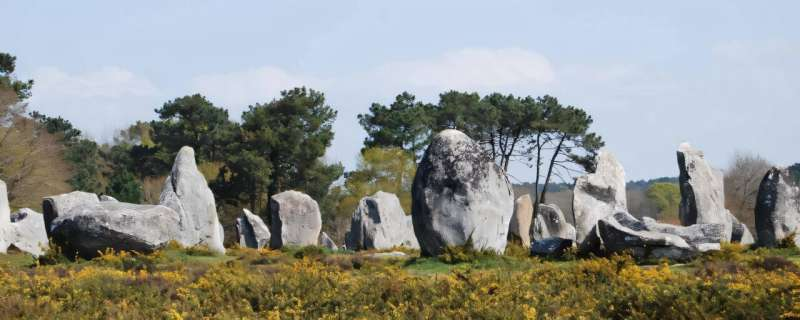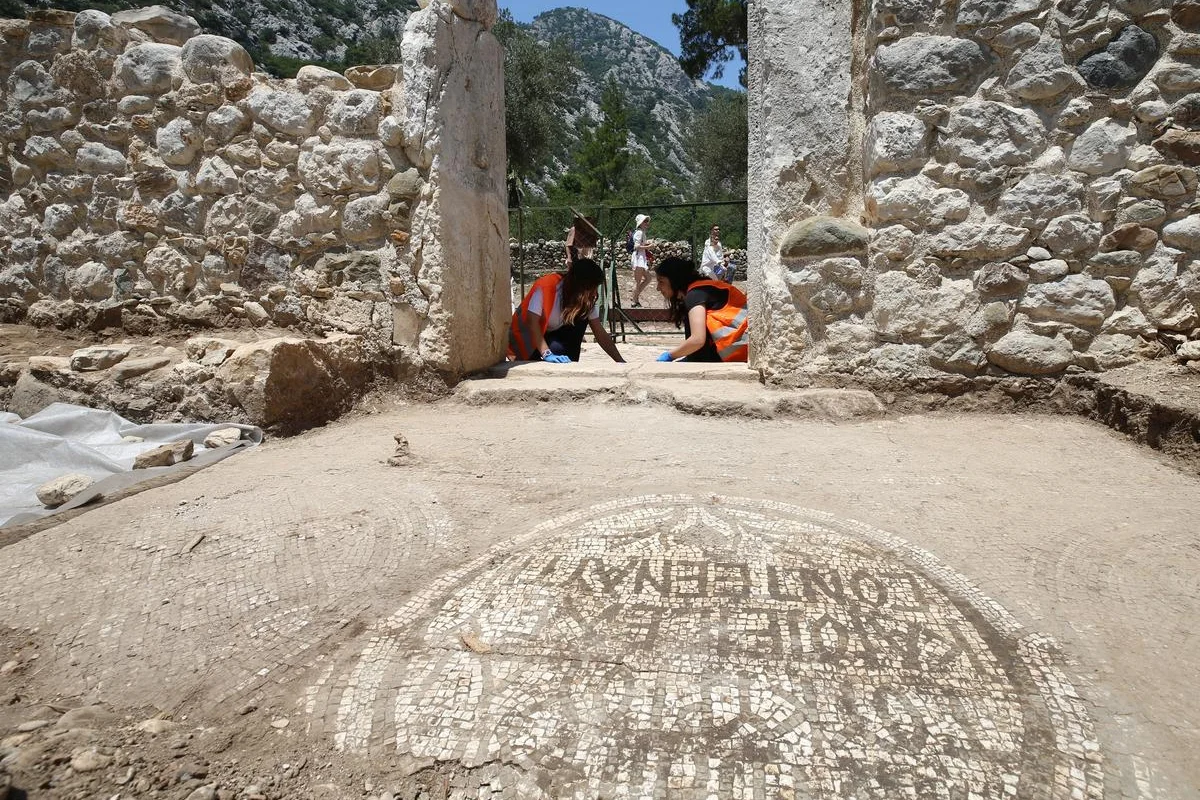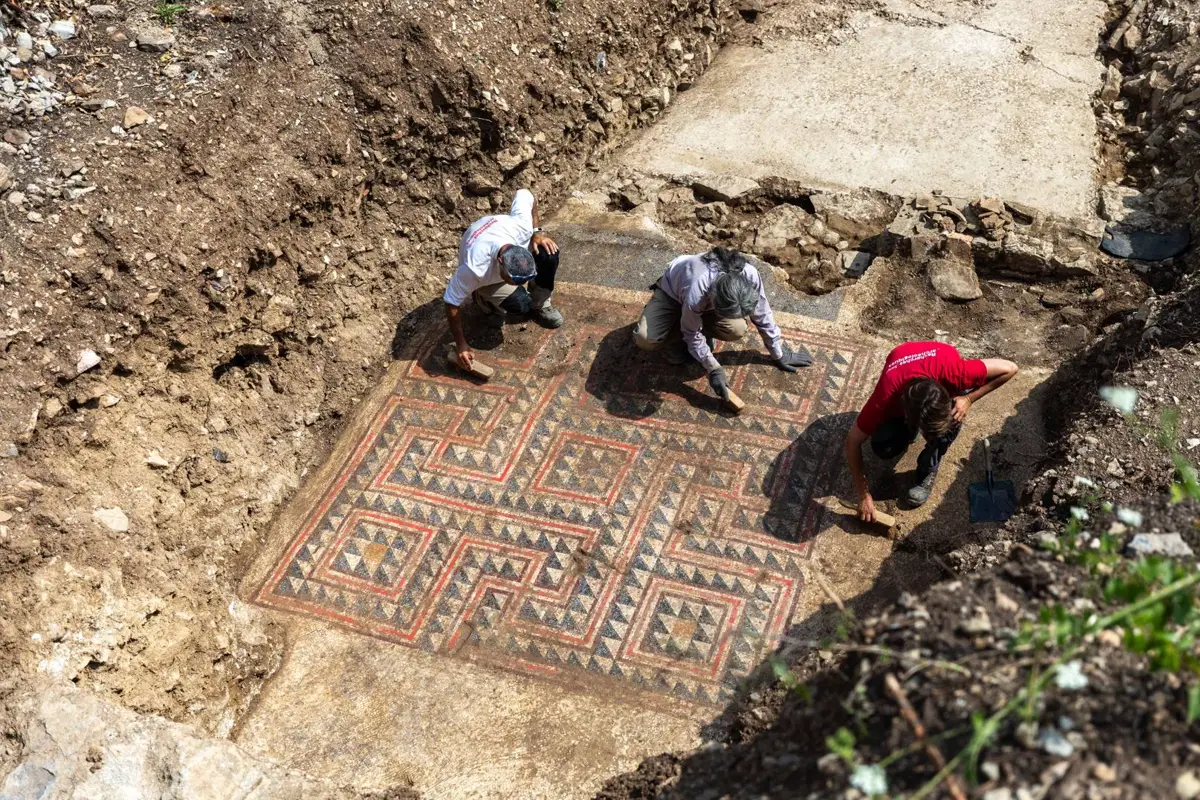The Hanging Gardens of Babylon are one of the most fascinating wonders of the ancient world, yet their existence remains a subject of debate among historians and archaeologists. Described as a lush, terraced garden built by King Nebuchadnezzar II in the 6th century BCE to please his homesick wife, Amytis of Media, the gardens have captivated imaginations for centuries. However, no definitive archaeological evidence has confirmed their location.
Historical Accounts
The primary sources describing the gardens come from later Greek and Roman historians such as Strabo, Diodorus Siculus, and Philo of Byzantium. They depict the gardens as an engineering marvel, with an advanced irrigation system that allowed plants to thrive in the arid climate of Mesopotamia. However, contemporary Babylonian records, including inscriptions from Nebuchadnezzar’s reign, make no mention of such a structure.
Theories on Their Location
Traditional Babylonian Location – Many scholars believe the gardens were indeed located in Babylon, near the Euphrates River. Some suggest that the lack of direct evidence is due to the destruction of the city over time and poor preservation conditions.
Alternative Location in Nineveh – Some theories propose that the gardens were not in Babylon at all but rather in Nineveh, the capital of the Assyrian Empire. This hypothesis is based on references in Assyrian records to a grand garden built by King Sennacherib, which featured complex aqueducts and irrigation systems.
A Legendary or Misinterpreted Account – Another possibility is that the Hanging Gardens were a mythical creation or a misinterpretation of other Mesopotamian gardens and agricultural innovations.
Conclusion
While the Hanging Gardens of Babylon remain an enduring mystery, their legacy as a symbol of human ingenuity and beauty persists. Whether they were a real, misplaced wonder or a product of ancient imagination, they continue to inspire curiosity and exploration in the field of archaeology.







